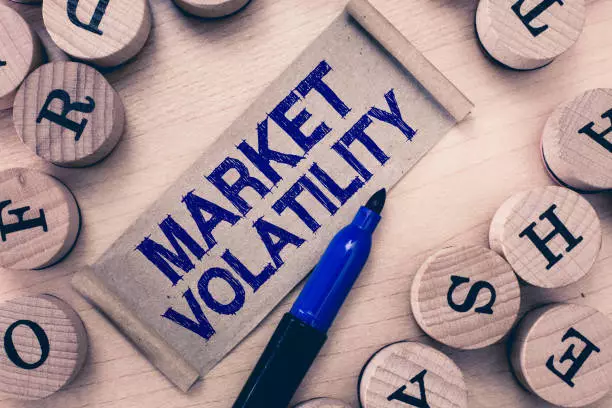The financial markets find themselves in a precarious position as we approach the 2024 U.S. presidential election, particularly amidst the shadows of a resurgent trade war narrative. On October 15, major U.S. stock indices registered significant drops, primarily driven by declines in key stocks like Nvidia and ASML. Nvidia, a heavyweight in the technology sector and the second-largest market capitalized company in the S&P 500, witnessed a staggering fall of 4.68%. This decline was significantly compounded by ASML’s downgrade of its revenue forecast, which caused its shares to plunge by 16%, the largest single-day drop since June 1998. The combination of these events rattled investor confidence and tempered the bullish sentiment that had characterized prior weeks.
In the broader context, the performance of the S&P 500 was emblematic of underlying market fatigue. After reaching its 46th record high for 2024, it succumbed to a 0.75% decline—its steepest loss in weeks. The Nasdaq 100 and Dow Jones Industrial Average followed suit, reflecting a pervasive sense of unease across major market segments, with the Nasdaq dipping by 1.37% on the same day. Only the Russell 2000 index maintained a semblance of stability, closing almost unchanged against a backdrop of selling pressure.
Investor anxiety has been further stoked by renewed trade tensions, particularly those concerning U.S.-China relations. Republican presidential nominee Donald Trump has reaffirmed his stance on tariffs, labeling them as “the most beautiful word in the dictionary” during a recent interview with Bloomberg News. As trade narratives resurface, market participants are forced to reconsider the implications of higher tariffs on a range of sectors, particularly those dependent on exports. With less than four weeks until Election Day, betting markets have indicated that Trump leads with a 56% probability against Democratic nominee Harris’s 43%. Such dynamics are likely to significantly influence market sentiment as traders position themselves for potential policy shifts.
This milieu creates a critical juncture for investors. Historically, market volatility tends to spike in October during election years. Data show that the S&P 500’s implied volatility, as measured by the VIX, typically escalates in the months leading up to the election, often peaking at about 25.97 by October. As such, the current environment indicates a heightened risk of a volatility spike that could trigger a broader risk-off sentiment in global markets.
Taking a closer look at technical indicators, the S&P 500 is showing signs of exhaustion, with its recent rally exhibiting typical characteristics of a bullish “Ascending Wedge” formation combined with bearish divergence in momentum indicators. A critical support level to watch is the 5,675 mark, which coincides with the 50-day moving average. A breach of this support may signal the onset of a corrective phase, potentially driving prices toward subsequent supports around 5,390 and 5,100.
Conversely, the ability of the index to clear the 5,930 resistance level could shift the trading dynamics, inviting bullish sentiment and setting the stage for a renewed upward momentum targeting the 6,110-6,390 range. Yet, traders must tread cautiously, as market uncertainties linger.
Adding another layer of complexity, financial indicators like the Merrill Lynch Option Volatility Estimate (MOVE) Index highlight a growing divergence in market sentiment. The MOVE Index, which gauges volatility in U.S. Treasury futures, has seen a significant uptick since mid-September, suggesting that traders are hedging against potential upward shifts in interest rates. This divergence raises crucial questions about market stability and could foreshadow increasing volatility in equity markets.
Moreover, the VIX/MOVE ratio indicates an emerging phase of outperformance for the VIX, signaling that the stock market might be prone to sharper declines in the near term. This environmentally presents a challenging landscape for investors, as they negotiate between growth opportunities and the inherent risks presented by external economic pressures and political uncertainties.
As the U.S. presidential election draws near, market participants face a dual challenge of managing political risk and economic volatility. The interplay of rising trade tensions and deteriorating stock performance paints a complex picture for investors. Careful technical analysis, coupled with an appreciation of macroeconomic indicators, will be essential in navigating this turbulent financial landscape.
Vigilance is paramount in the coming weeks as both political and market conditions continue to evolve and influence the pathways for potential investment. With significant uncertainties looming on the horizon, the financial markets may need to brace for further tumult as the implications of policy shifts and market adjustments manifest in the days ahead.

